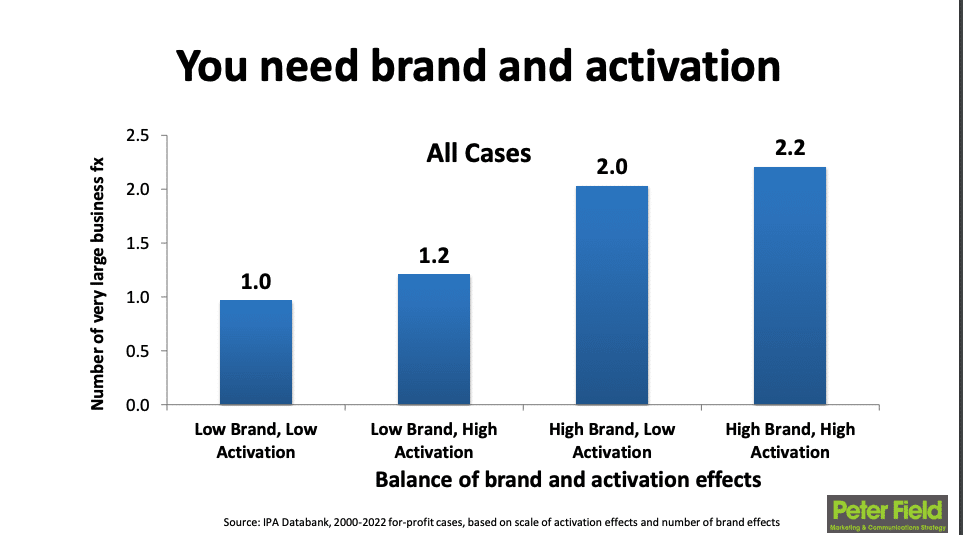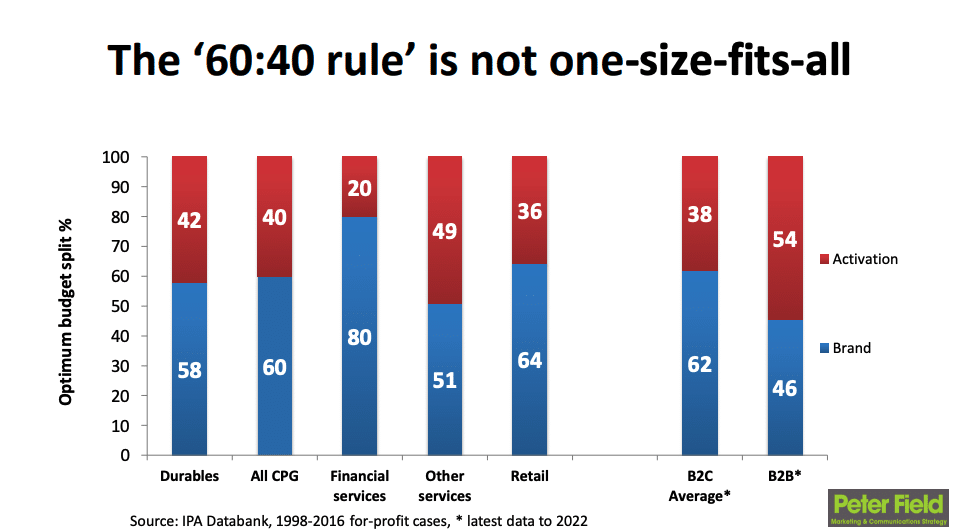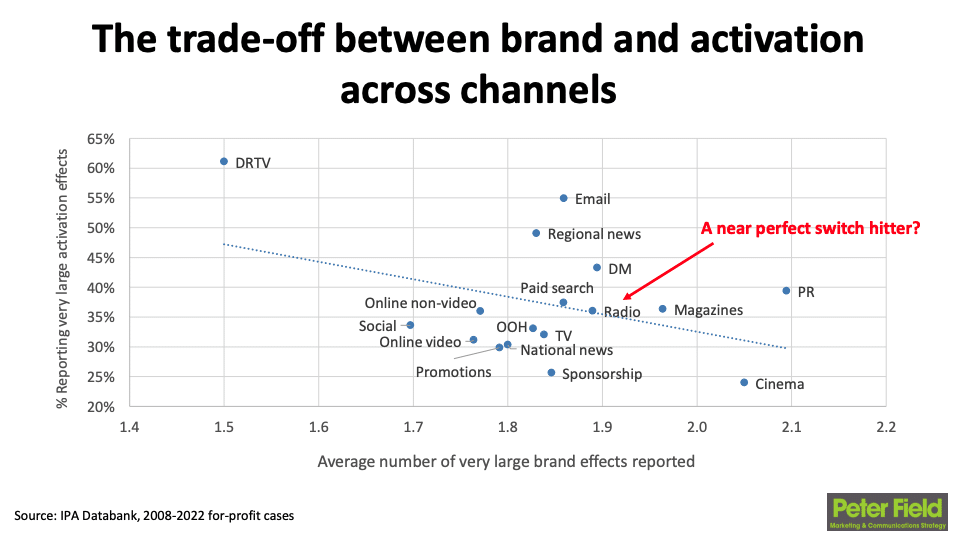In October 2023, Peter Field was a guest at RadioCentre Ireland where he provided highly interesting new insights into media effectiveness. Peter Field can certainly be regarded as a marketing guru and was involved in "The Long and the Short of It" and "Media in Focus". He collaborates extensively with, among others, Byron Sharp and Les Binet. In this short blog, we will highlight the key insights from his presentation. Many of the data used are sourced from the IPA Databank.
Mental Availability
To be relevant and impactful in the long term, it is necessary for the consumer to think of you in certain processes. Peter Field calls this mental availability. If you build this, the likelihood of your brand being chosen is greater, enabling growth. Therefore, ensure that your brand also evokes a certain thought among your target audience. Examples of brands that excel in this are Coca-Cola, Nike, and Apple.
Coca-Cola: This brand is omnipresent, from TV commercials and billboards to packaging in supermarkets. Coca-Cola is one of the most recognizable brands in the world, and it is always in people's minds.
Nike: This brand is associated with sport and performance. Nike products are often seen on athletes and at sporting events. This helps keep the brand in people's minds.
Apple: This brand is associated with innovation and design. Apple products are often seen with celebrities and high-status individuals. This helps position the brand as exclusive and desirable.
It's also interesting that Peter Field shows that Mental Availability contributes to all business metrics. So, it not only affects branding but also sales KPIs.

A blend of Branding & Activation
Another interesting insight is that there should be a blend between performance and branding. Some brands prefer to focus on one of these pillars, but research shows that the combination of brand and activation actually strengthens overall business performance. Therefore, ensure that your teams collaborate effectively and always look for synergy between teams. Branding teams are often structured differently and focus on different KPIs, but it can be beneficial to align these KPIs. This way, activation benefits from branding, and vice versa.

Be creative, consistent, and evoke emotion.
Creativity is one of the key drivers of marketing success, so it's important to adhere to marketing rules closely. Peter Field demonstrated that there are certainly best practices when it comes to creativity.
First and foremost, it is crucial to carefully consider emotion in a creation. Emotion appears to perform more than 3 times better than rational messages. This is also important to take into account in channel selection. Some channels are less suitable for an emotional message than others. Audiovisual channels are often well-suited for conveying an emotional message.
Furthermore, it is crucial to be consistent in your creation and ensure that people remember you. This can be achieved by using Distinctive Brand Assets in your creation. Examples of these are:
- Characters: M&M's characters, Ronald McDonald, the Geico gecko
- Slogans: “Got milk?”, “Just do it”, “I’m Lovin’ It”
- Jingles: “The jingle that goes on and on and on”, “I’d like to teach the world to sing”, “Pepsi, the choice of a new generation”
- Visual cues: The Nike swoosh, the Apple logo, the McDonald's red arch
Research shows that brands using clear DBAs have approximately 30% more market share and profitability. Don't you want that too?
Lastly, it's very important to be creative within creation. Therefore, be sure to use automation, but don't overdo it. Award-winning work performs more than 10 times better than non-award-winning work.
The 60/40 rule is not always a reality
In the past, many marketers used the 60/40 rule. This means that you should invest 40% of the marketing budget in activation, while 60% should be invested in branding. This rule is still applicable for many marketers, but it seems to vary by market. For example, within B2B labels, less branding is needed, and the ratio is almost equal between branding and sales. Remarkably, the financial sector will have to invest 80% in brand building. This may be due to the fact that there are fewer opportunities to have USPs. A bank is simply a bank.

Additionally, an interesting observation has been made that the maturity of companies is also crucial for the balance between brand and sales. Emerging companies will need to focus much more on activation, while brand leaders may not need to do so as much. Likely, emerging brands have less preference, making activations essential to drive sales.
Insight into channels
Finally, and this is also a very interesting insight to immediately act upon, they found that there are various channels that perform very well. Currently, brand budgets often go to visual mediums such as TV and increasingly online video, but radio also seems to perform very well. There are therefore many opportunities here given the inflation on TV and online video, and especially scarcity. The research shows that brands using radio achieve more market share, greater pricing power, and higher profits and ROI.

In short, the marketing landscape is constantly changing, and these insights help you to get more return on your investments, both in branding and performance. What is clear is that these disciplines cannot work separately and that the collaboration between branding and performance is very important.







